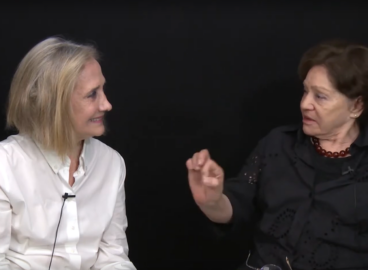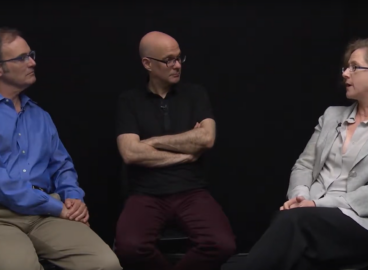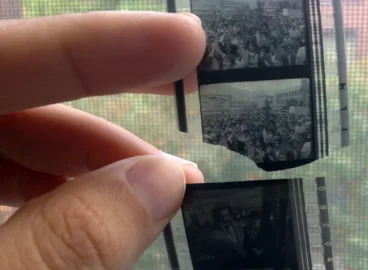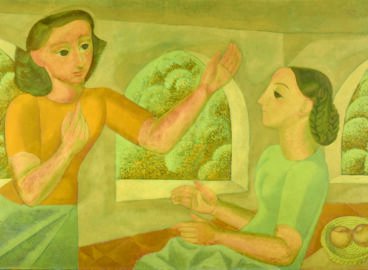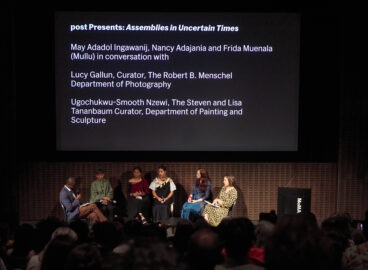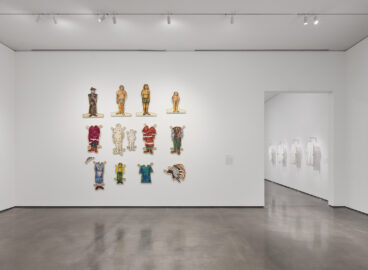Luis Pérez-Oramas, the Estrellita Brodsky Curator of Latin American Art at MoMA, talks with artist Natalia Babarovic about the meaning of painting and its ominous and constant ‘returning.’ Barbarovic also commented on the peculiarities of being a painter in Chile, both in contemporary times and during the years of the dictatorship, and spoke about what she thinks is at the core of her practice: the painting of the thickness of distance.
Luis Pérez-Oramas in Conversation with Natalia Babarovic
December 11, 2015
